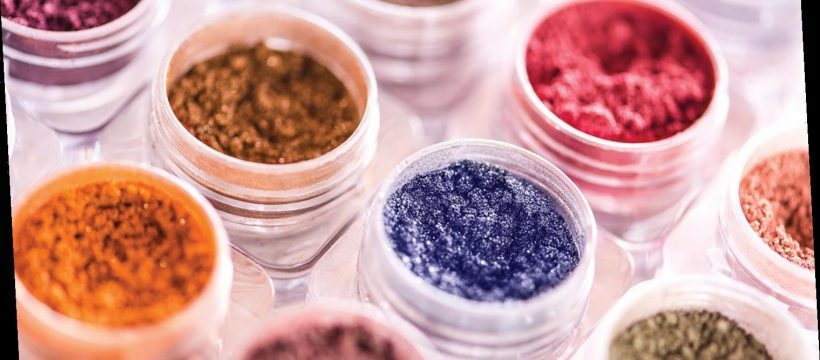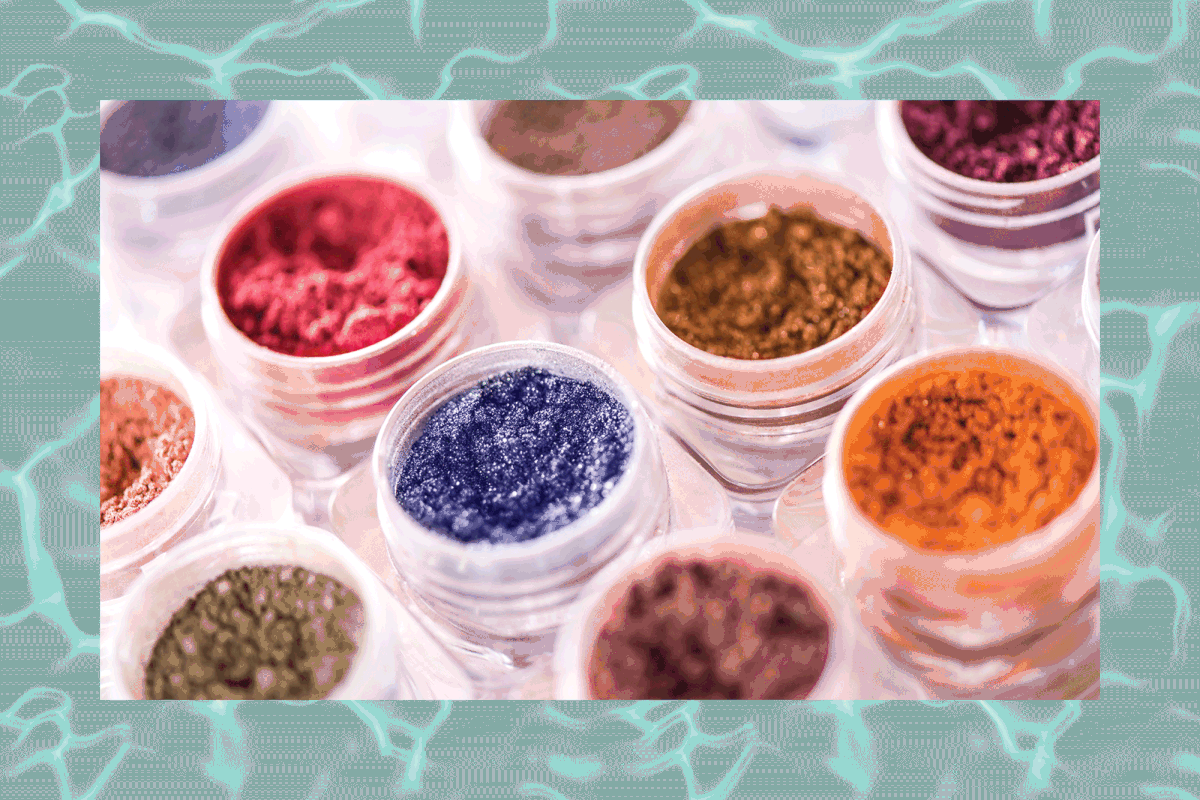It's become quite clear in recent years that more and more consumers want the option of purchasing makeup products that have been formulated without potentially harmful ingredients — and retailers are listening up.
Sephora, for example offers a green seal for products that are made without over 50 controversial ingredients, while Credo Beauty only sells brands, both skincare and cosmetic, that deem themselves as clean. But long before these makeup products can reach shelves, it's up to founders to figure out how to give consumers vibrant color payoff, all without the use of ingredients like carbon black or petroleum found in many traditional formulas.
"Color cosmetics are arguably the hardest products we create for this very reason," Lindsay Dahl, senior vice president of social mission at Beautycounter shares with InStyle. "We are constantly working with our team to try different colorants, source new raw materials, all the while considering safety and sourcing issues that may arise."
Yet, both Beautycounter and Róen Beauty have nailed how to make makeup products that are clean, and offer the color payoff consumers crave by using ingredients like mica and zinc stearate, which are both considered to be low risk when it comes to toxicity, according to the Environmental Working Group.
Here, we spoke with Dahl and Beautycounter chief artistic officer Christy Coleman, as well as Róen Beauty CEO Tiffany Thurston Scott to answer all your questions about sourcing clean pigments.
Why Is It Important for Brands to Source Clean Pigments?
"The higher the pigment, the higher chance there is for heavy metal contamination, so it’s really important to go beyond just the Never List [Beautycounter's list of over 1,800 potentially harmful ingredients that they do not use]," says Dahl. "We believe screening makeup for heavy metals is a practice that every beauty brand should be doing, but is not widely practiced, even among the 'clean' beauty industry. We screen each colorant for 23 health and environmental endpoints, in addition to testing raw materials and finished goods for heavy metals."
As for Scott, it's personal.
When she was in her early 20s, she shares that she became "obsessed" with understanding where her food came from in order to know exactly what she was putting into her body. This is why it became so important for her to source clean ingredients for her line.
"It was a natural transition for me to focus not only on what I was putting in my body but what I was putting on my body," she says. "This led me to look into ingredients in my cosmetic and skincare products which was an eye-opener as to the toxic chemicals that are so prevalent."
Is It Difficult to Find Clean Pigments That Offer Traditional Color Payoff?
Leaders from both brands admit that it was a challenge. However, after working with the right chemists, they were able to find ingredients that offered the best of both worlds.
"All of our products spend at least a year in development, which is why we have a small curated selection of products," Scott says of Róen. "It's important to me that we don't launch anything that I’m not completely proud of and know is clean and high performing."
Are There Certain Colors That Are Harder to Source Than Others?
According to Coleman, blues, greens, some rich browns, as well as certain glitters can pose a challenge.
"[They] have historically been harder to formulate safely given the high levels of heavy metals," she explains. "In terms of mica, which gives a shimmery effect, particle size plays an important role. I have found it challenging sourcing a finer particle size which gives more of a subtle sheen, as opposed to larger particle sizes that produce a more glitter effect."
VIDEO: Everything You Need To Know About Applying Makeup For Your Eye Shape
Does Going Clean Come at a Steep Cost?
The long and short answer is yes, however Scott believes that a clean bill of health is always worth the investment.
"[Health and glamour] can coexist and complement each other," she says. "I think that as the clean beauty industry grows and evolves, the ingredients will become increasingly more economical as the demand continues to heighten."
Dahl also notes that it's not just about the money.
"We have audited 100% of our mica supply chain — a safe ingredient commonly used in makeup — that has human rights and labor concerns, like child labor," she shares. "Taking on this important sourcing work comes at a cost, but we care about making sure people are protected all along our supply chain."
The brand also uses some of their products to give back to areas that have been affected by labor exploitation. For example, ten percent of each purchase from the Golden Hour All-In-One Palette goes towards communities impacted by mica mining in India.
How Can You Ensure Ingredients Are Sourced Ethically?
It truly comes down to founders doing their homework, says Scott, who makes sure that the labs and suppliers she works with prioritize protecting the environment. But she's transparent about the fact she, and the industry as a whole, can still do a better job.
"Our suppliers adhere to strict ethical guidelines in terms of sourcing materials to how the products are manufactured," she explains. "For instance, our labs are part of the Responsible Mica Initiative that ensures our mica ethically sourced. We can always improve in this area and will always strive to continually improve wherever we can."
From non-toxic makeup and skincare to sustainability practices, Clean Slate is an exploration of all things in the green beauty space.
Source: Read Full Article

